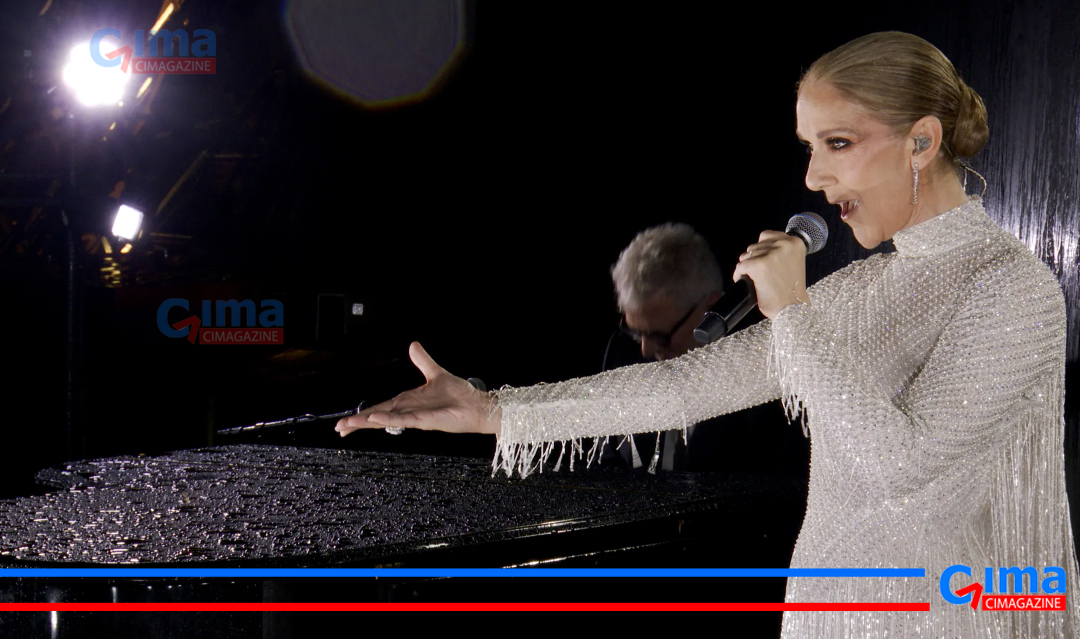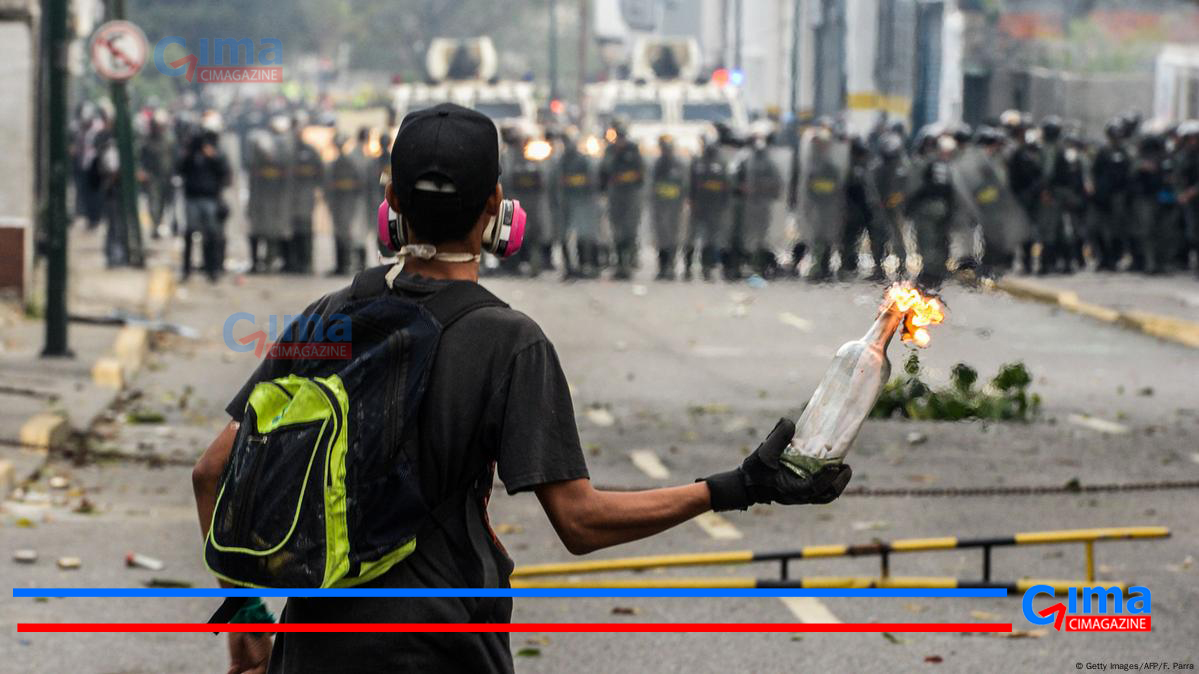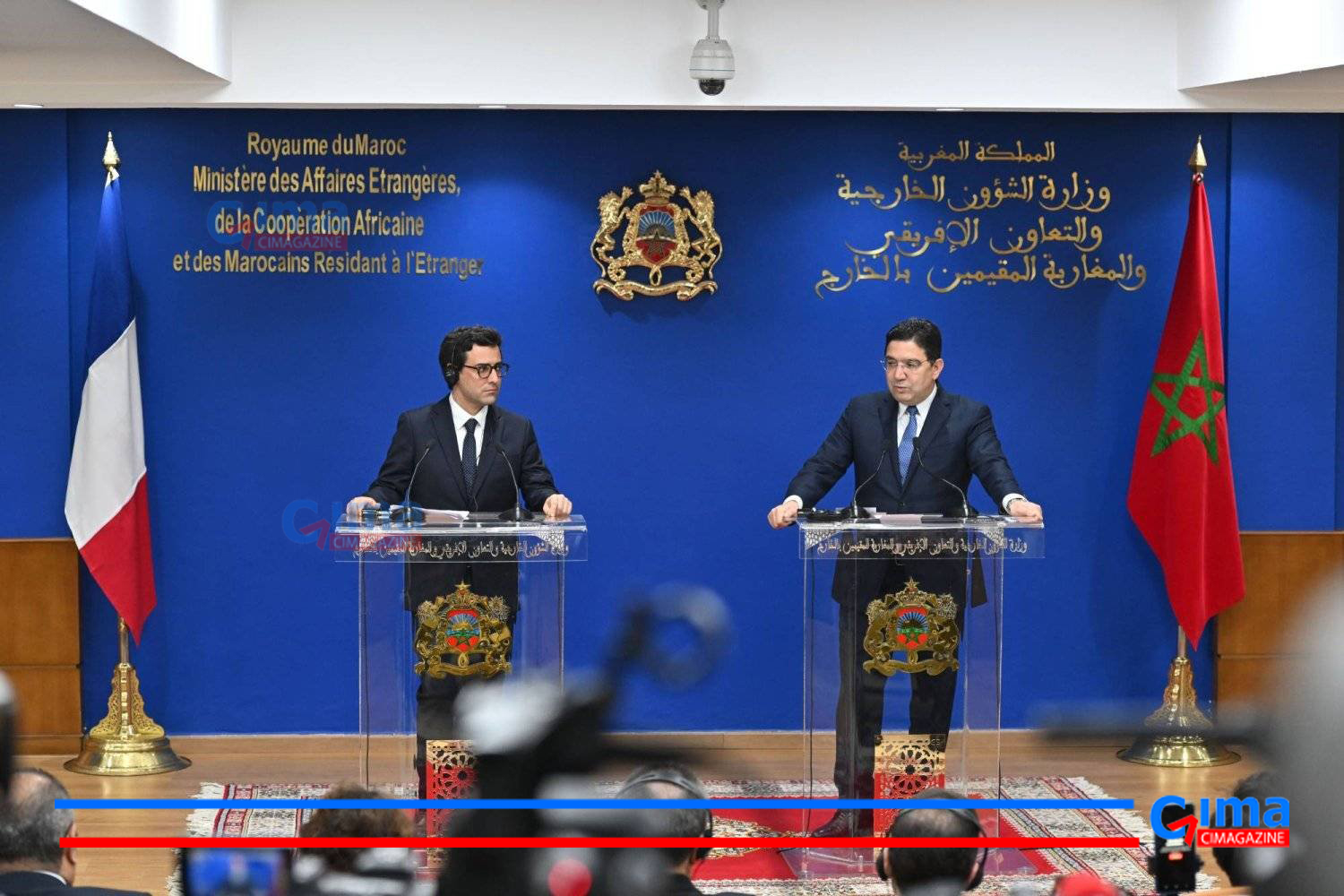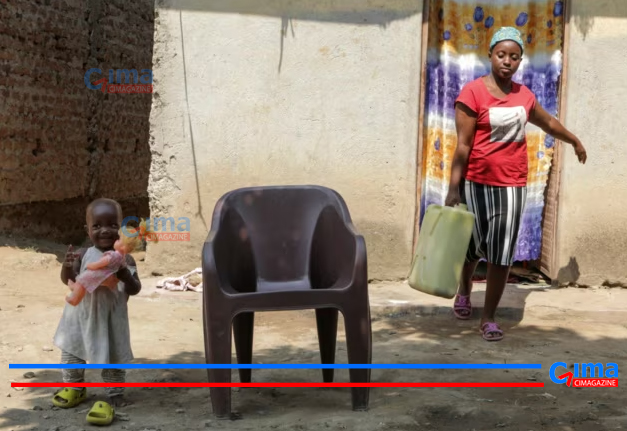Congolese authorities are increasingly tending to dismiss the theory of an external attack to explain the attempted escape at Makala central prison in Kinshasa. According to them, it all started from the inside, in an overcrowded wing housing particularly dangerous prisoners. Among them, Mobondo militiamen and members of the Force du Progrès, a group close to the UDPS who were recently imprisoned.
Makala: Deadly Chaos and Unanswered Questions


In the dark night of Kinshasa, without electricity since 6 p.m. the previous day, and under pouring rain, chaos sets in. Around two in the morning, gunshots ring out. According to the authorities, these are warning shots from the prison guard, trying to contain the growing tumult. But panic takes over the ranks. The panicked prisoners rush into the narrow corridors, jostle and trample each other. Some find a way to get into the women's wing, where the worst horrors are committed. There is talk of rape, violence, looting. At least a dozen women are victims. The screams and disorder are muffled by the rain, but the horror continues.
When the first military reinforcements arrived in the early morning, they found only a battlefield. They entered the prison and, faced with prisoners still trying to escape, opened fire. Bodies piled up, lying where terror had frozen them. "The army did not intervene during the night to avoid a massacre," justified a security official, trying to explain the apparent inaction of the police.
Officially, the government puts the death toll at 24 by gunshot and many others by suffocation. But other sources on the ground whisper darker figures. The bodies are transferred to the Kinshasa General Hospital and to the Saint-Joseph Hospital. Meanwhile, the material damage is increasing: the food depot is looted, the administrative building is in flames, taking with it the files of several prisoners.
Faced with this chaos, three commissions were formed: one to take stock of the situation, another to organize the funeral, and the third for communication. The work was directed at the highest level, with the direct involvement of all security and intelligence officials.








